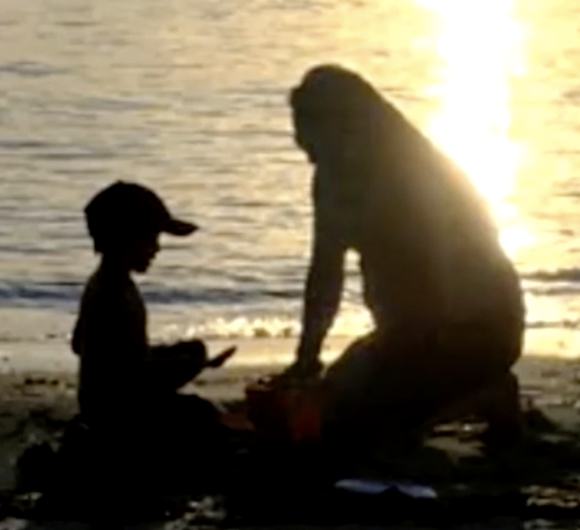
The Executive Summary of the Final Report of Missing and Murdered Indigenous Women and Girls. Reclaiming Power and Place is a condensed version of the final report. It provides discussion about the violence against Indigenous women, girls and 2SLGBYQQIA people in Canada The final report defines genocide as “a coordinated plan of different actions aiming at the destruction of essential foundations of the life of national groups, with the aim of annihilating the groups themselves” (p.2). Examples within the report are compared to the violations of human and Indigenous Rights by detailing how the history of Canada, its policies and continued acts of systemic racism discriminate against Indigenous women and girls.
The aim of the report was to investigate and report systemic racism and various forms of violence against Indigenous women and girls. The survivors and families of MMIWG report that have shared their stories and truth telling experiences, combined with the current efforts of organisations across Canada that work towards raising awareness at individual, community and institutional levels of society.
After reading the report, these actions have contributed to the current epidemic of Missing and Murdered Indigenous Women and Girls. Although the time allotted for the Inquiry was shorter than all other National Inquiries, the truth telling, findings and calls to justice are in fact, the solutions that Canada needs to create a paradigm shift to end violence against Indigenous Women’s and Girls
My spoken letter is presented from my own perspective, the way I interpret the report and the way it relates to me as an Indigenous woman and as a social work student. The lived experiences and truth telling, within the report has increased my knowledge and awareness of the multiple factors that continue to reinforce negative stereotypes of Indigenous women and girls.
My presentation provides an example of the activities that I have been able to participate in. All the pictures are from my own collection and commitment to end the racial and gendered violence against Indigenous women and girls. The photos I used represent our efforts to bridge relationships within Indigenous and non-Indigenous people. The photo of the man and child in the sunset is used to symbolize the efforts and commitment of men and the children we are raising; it coincides with the traditional pre-contact roles of Indigenous women. As mentioned on my spoken letter, traditional roles of Indigenous women were equal and respected. I emphasize the importance of supporting traditional practices, and the revitalization of Indigenous culture and rights because it all interweaves with each aspect towards a holistic model of care, inclusive of family and community support systems.
Aside from the red dress campaigns and marches that take place in local communities are other initiatives. For example, the Moose Hide Campaign, which is “a grassroots movement of Indigenous and non-Indigenous men and boys who are standing up against violence towards women and children. By Wearing the moose hide pin signifies a commitment to honour, respect, and protect the women and children in your life and to work together to end violence against women and children”.
The First Nations Health Authority promote the Commitment Stick Initiative that “started with Alkali Lake (Esk'etemc) Elder Fred Johnson Sr., with the support of Chief Charlene Belleau. The Commitment Sticks represent working together on issues involving violence against Indigenous women and girls”
Creating change within micro, mezzo and macro levels of society does requires a complete understanding of the history of colonization and how it relates to the issues presented witting the report. The solutions presented in the report are the answers needed to create change within all levels of society.
I support the immediate implementation for all Calls for Justice for all Governments is critical to creating change. Immediate action must be taken in all areas that recognize culture, health and wellness, security, justice, service providers, RCMP, all of those listed within the report are the only way to end violence against women and girls. Long term services and mandatory education for all Canadians is a vital factor that will influence and transform colonial narratives towards an inclusive holistic model of care that is built into all levels of government and public service providers.
Supporting acts of reconciliation, engagement with local Indigenous communities towards healthier relationships is crucial for the future relationships across the country. Healthy relationships will also provide social workers and other professionals with a deep understanding of how to implement culturally based practices that support the Calls to Justice and towards ending violence against Indigenous women and girls collectively.
References
https://www.fnha.ca/wellness/commitment-stick#story
https://moosehidecampaign.ca/
Song: You are Never Alone, composed by Koosen Pielle and Ryan Pielle from the Tla’Amin Nation. Used with permission from the Ayajuthum Website/APP.
Photos used from my personal collection. Used with permission from local photographer Phillip Russel.
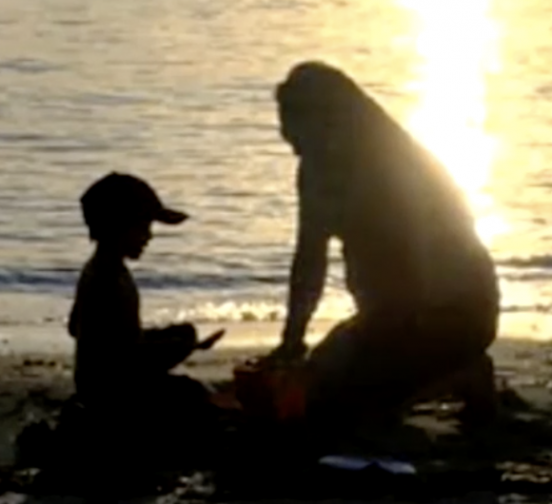
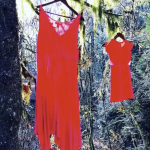
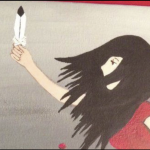
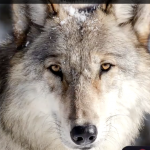

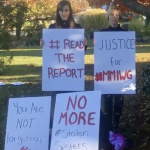
Comments by Finn